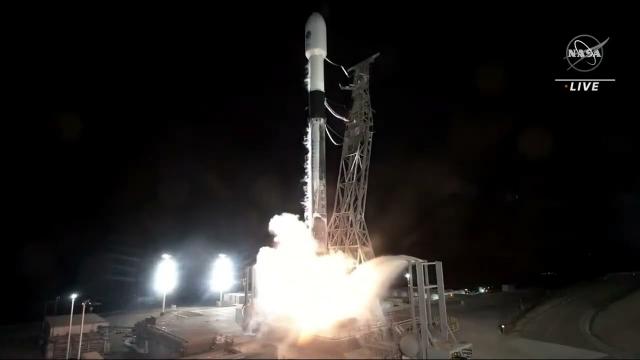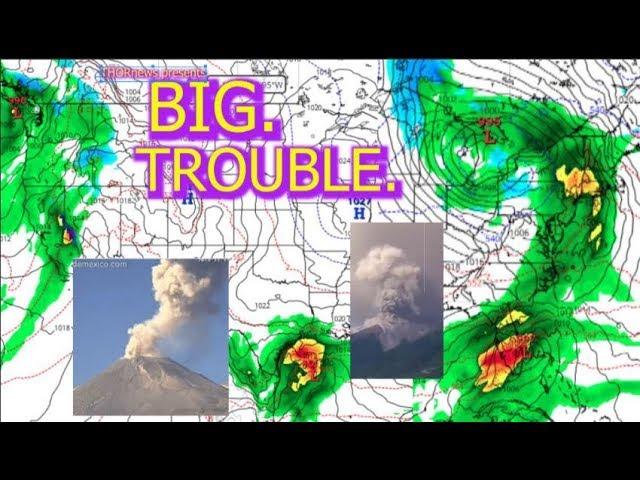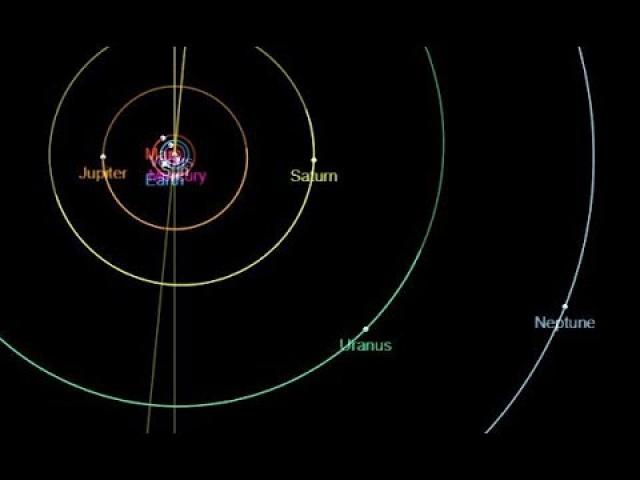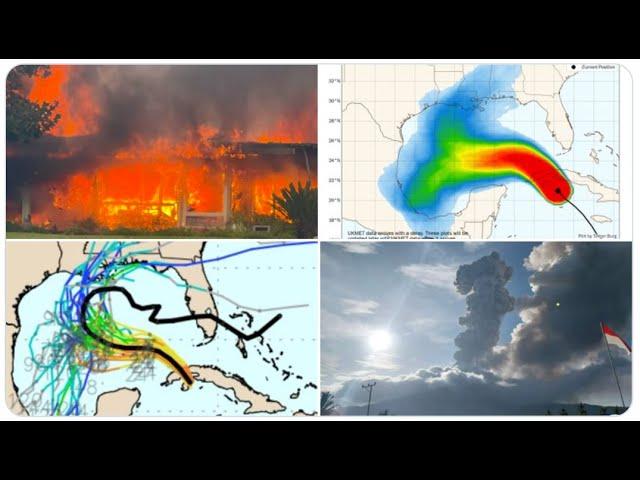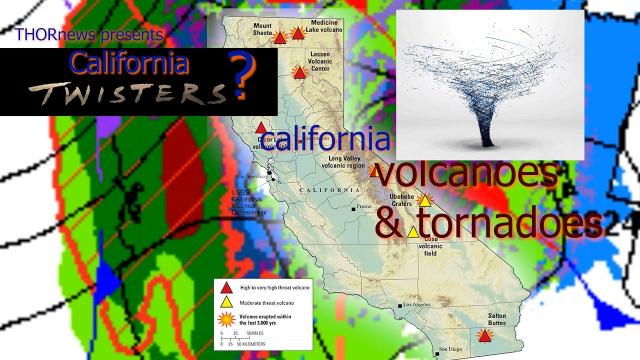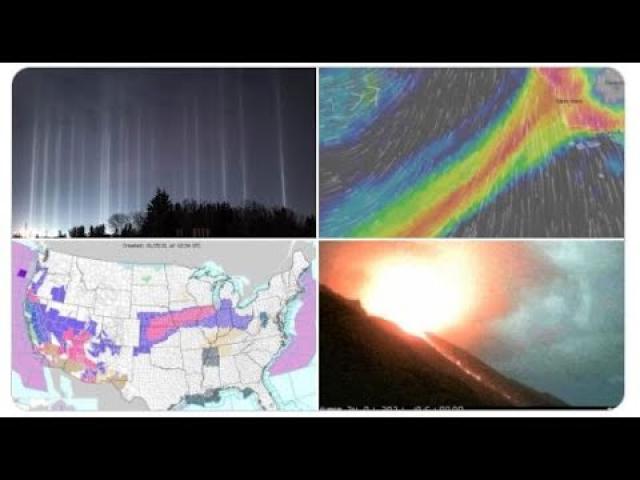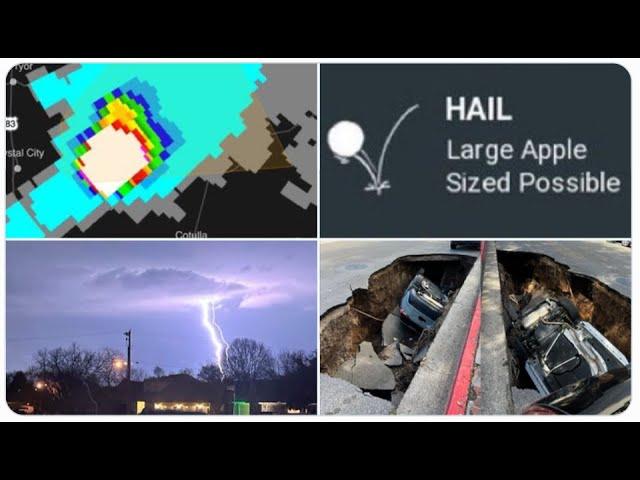With 8 threatening volcanoes USGS says California deserves close monitoring
Description
https://www.paypal.me/THORnews
Crazy days, indeed. The Ring of Fire doesn't show signs of slowing down in activity & the North Pacific Ring has my spidey senses tingling.
God bless everyone,
T
https://www.paypal.me/THORnews
Tshirts
https://hitthebuttonbaby.com/
THORNEWS
PO BOX 35946
HOUSTON TEXAS
77235-5946
the crankywxguy blog
http://www.stormhamster.com/entry/e073118.htm
the wave master
https://dabuh.com/
https://www.seattlepi.com/local/science/article/With-8-dangerous-volcanoes-California-has-a-11746331.php
With the world's top volcanologists heading to Portland, Ore., on Aug. 14 for the first international volcanology assembly held in the U.S. since 1989, the many famous, prominent and dangerous volcanoes of the West Coast will be the subject of field trips and much discussion.
Throughout the Cascade Range to southern California, the West Coast is home to most of the country's highest-threat volcanoes, as ranked by the United State Geological Survey. And California has its share.
While Mount Shasta unsurprisingly tops USGS's list of very-high threat volcanoes in California, there are seven other volcanic areas in the state that are also young, nervy, jacked up on magma and "likely to erupt."
Scientists know from geophysical and geochemical research that these volcanoes have molten rock, magma, "in their roots," said Margaret Mangan, Scientist-in-Charge at the California Volcano Observatory. "I call them the watch-list volcanoes."
On watch
As listed by the California observatory, the eight fall into three danger categories:
Very-high threat: Mount Shasta, Lassen Volcanic Center and Long Valley Volcanic Region
High threat: Clear Lake Volcanic Field, Medicine Lake Volcano and Salton Buttes
Moderate threat: Ubehebe Crater and Coso Volcanic Field
In 2005, a national team led by John Ewert, a volcanologist with the USGS Cascades Volcano Observatory, established a system for deciding which of the United States' 169 young volcanoes are the most dangerous and most in need of monitoring. In the "Framework for a National Volcano Early Warning System," Ewert's team identified 57 priority volcanoes in the U.S.
RELATED LINK: A look at the Northwest earthquake that shook the world
Among the 18 "very high threat volcanoes," 11 are along the Cascade Range in three states (Alaska and Hawaii have the others):
California: Lassen Volcanic Center, Long Valley Caldera, Mount Shasta
Oregon: Crater Lake, Mount Hood, Newberry, South Sister of The Three Sisters
Washington: Baker, Glacier Peak, Rainier, St. Helens
RELATED LINK: Of all Cascade volcanoes, Mount Rainier is the most dangerous
"We live on a fascinating planet," Ewert said of the likelihood of eruptions along the West Coast, "and one of the reasons it is fascinating is that it is dynamic. The entire surface of the Earth is in motion and sometimes people have a hard time wrapping their head around that. We have big earthquakes. We have volcanic eruptions, tsunamis. All these things happen."
Pulse of the volcano
The volcano threat list was created, Ewert explain, not simply to alert people that the Earth is petulant but too set a foundation for determining which of the country's volcanoes need extensive monitoring.
He said the team used 25 factors to determine a volcano's danger status: What has the volcano done in the past? What's its modus operandi? When does it tend to erupt? What kind of phenomenon does it produce? Lahars (mud slurries of ice, rocks and other debris)? Pyroclastic flows (hot gas, rock and other stuff out of the volcano)? Is it a highly explosive volcano? How active is the volcano right now? Are there seismic swarms? Is it emitting hot volcanic gases? Is the edifice changing its shape (deformation)?
RELATED LINK: Ways you can be killed by a volcano
In addition to the geophysics of a volcano, the team examined how many people live or work near it, plus the amount and type of infrastructure has been built up around it ... power generation, port facilities, etc.
The team also considered, What is the aviation exposure? How many flights a day pass through the volcanic airspace?
"If it is an explosive volcano," Ewert said, "we asked how close is it to an airport and what is the daily passenger load of the airport? Recall in 2010, the eruption of the Eyjafjallajökull in Iceland shut down European airspace for over a week. That ran up about a $10 billion impact cost
Mangan said California had plenty to worry about in this regard as well.
"Over the northern California volcanoes, the data from FAA suggests that there are a couple hundred jumbo jets on flight-lines that pass over those three volcanoes on a daily basis," she said. "And, likewise there are a couple hundred jumbo jets that are flying over Long Valley Volcanic Region as well."
https://www.sfgate.com/science/article/California-volcanoes-Hawaii-Kilauea-Lassen-Shasta-12916958.php

